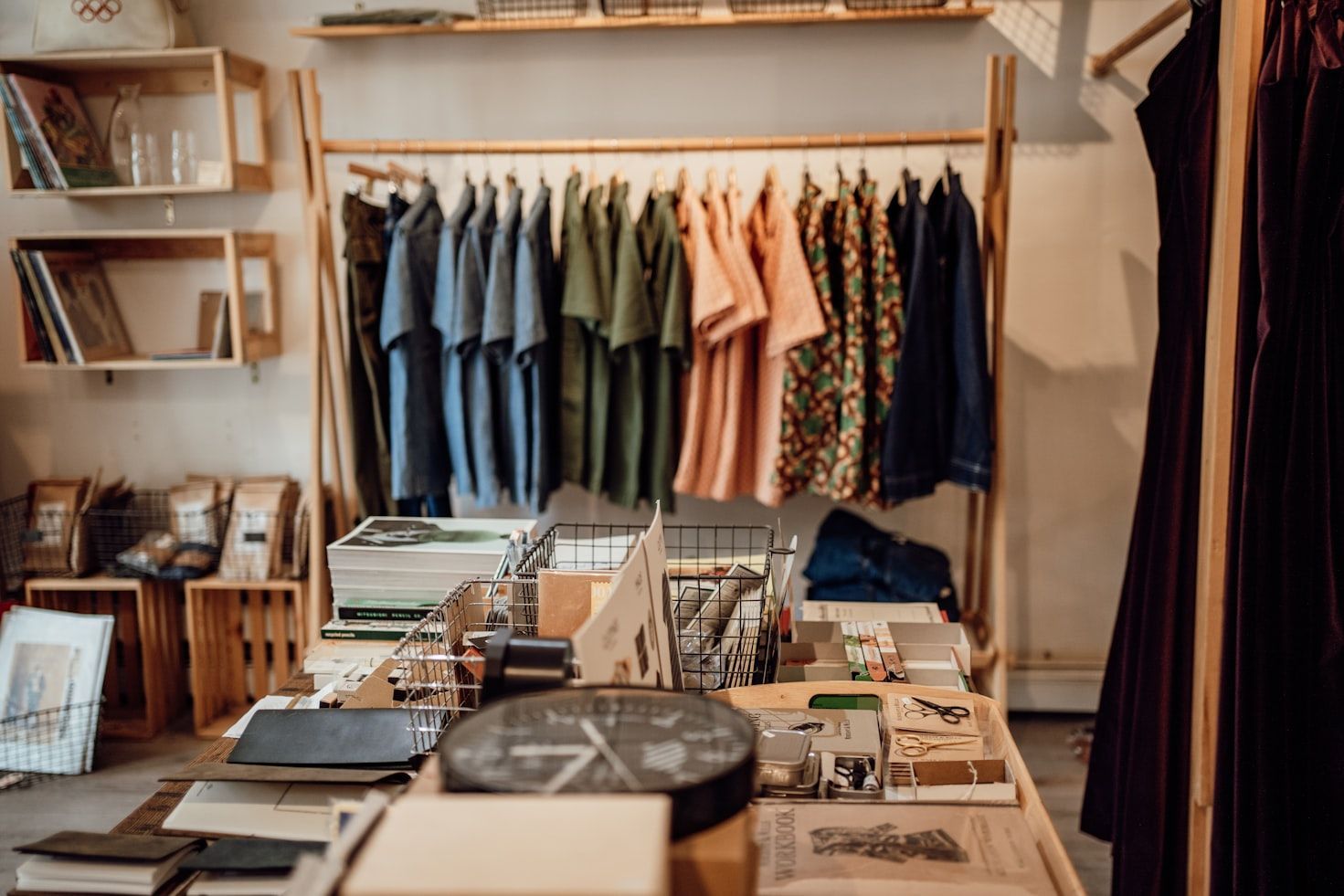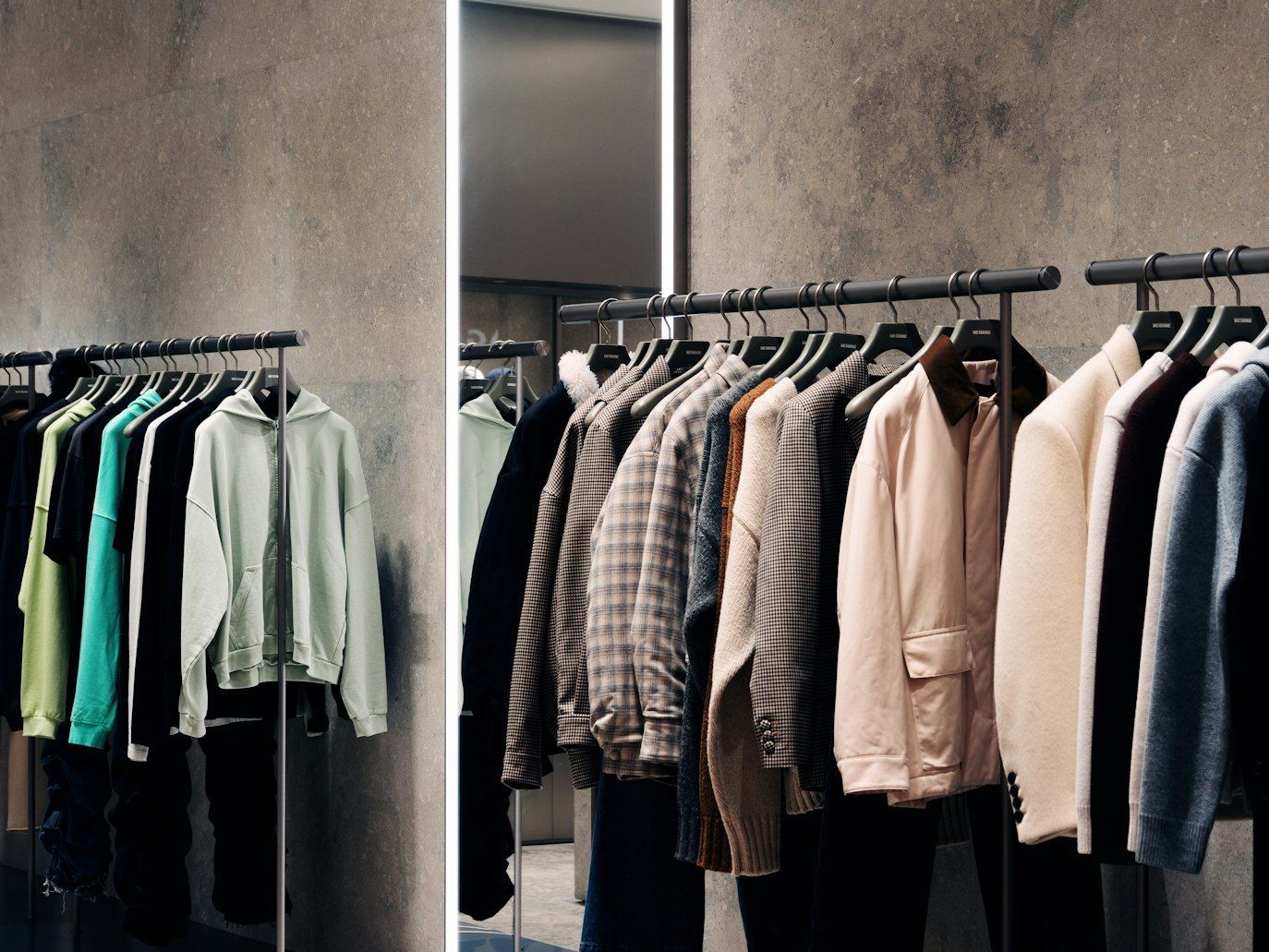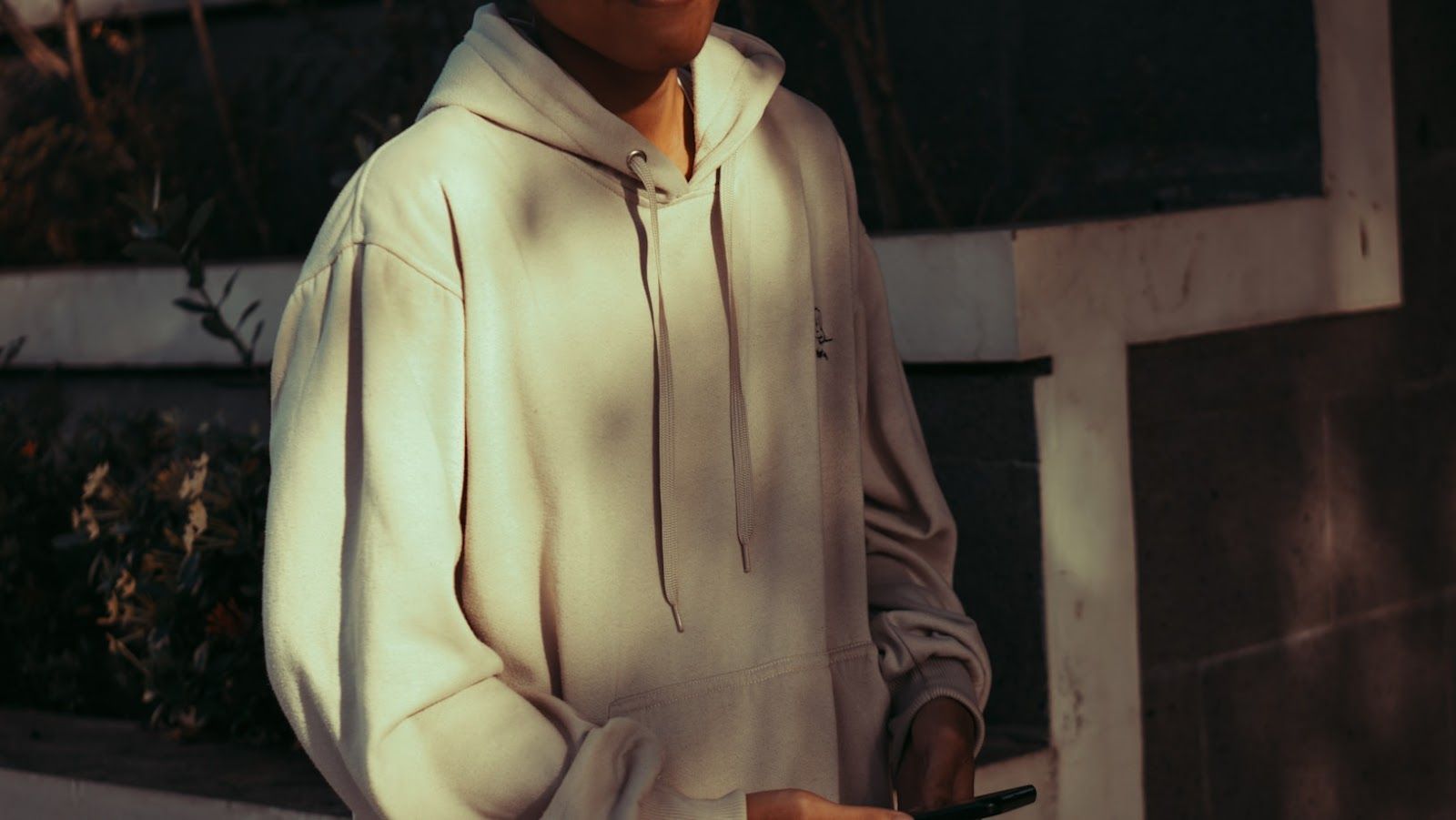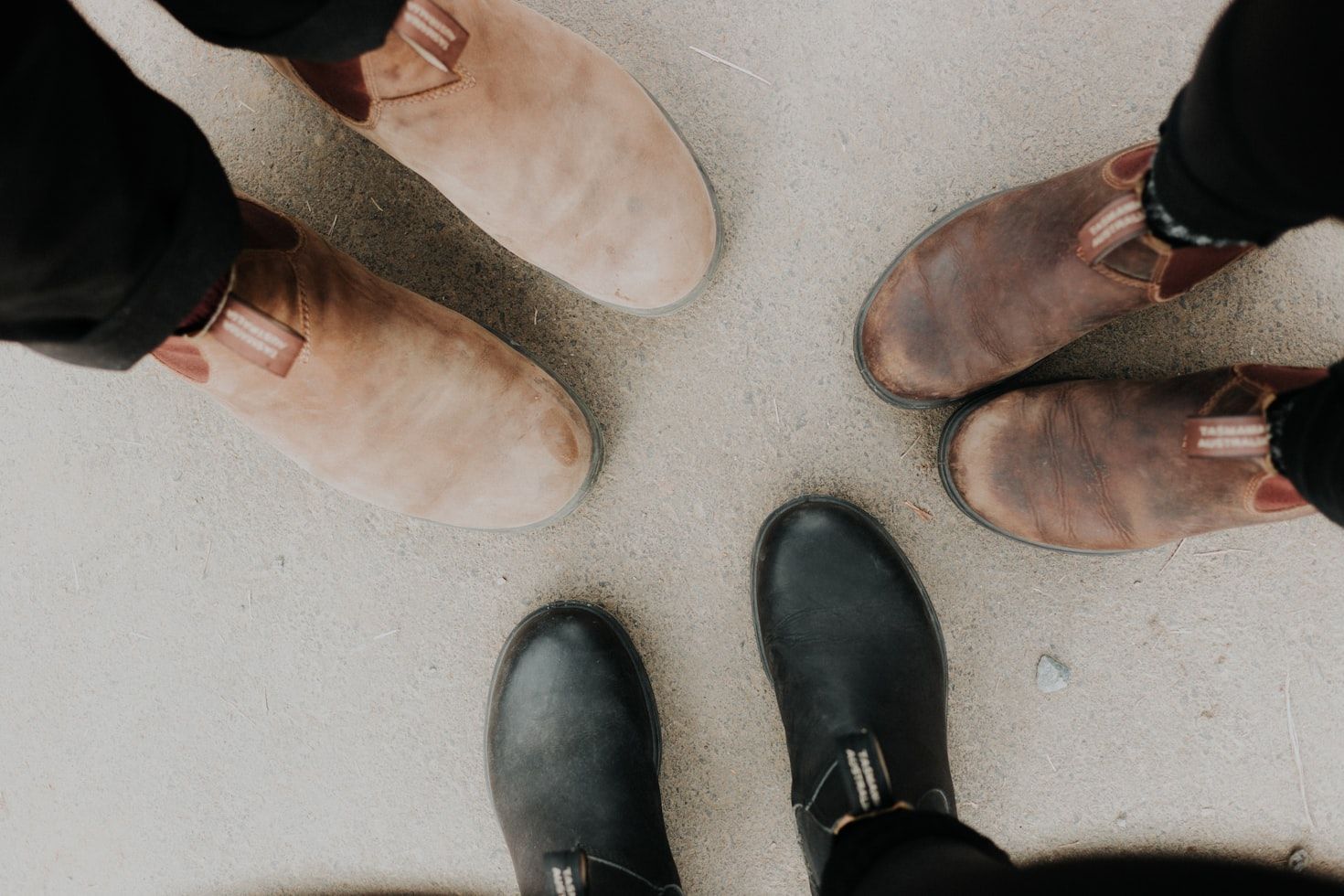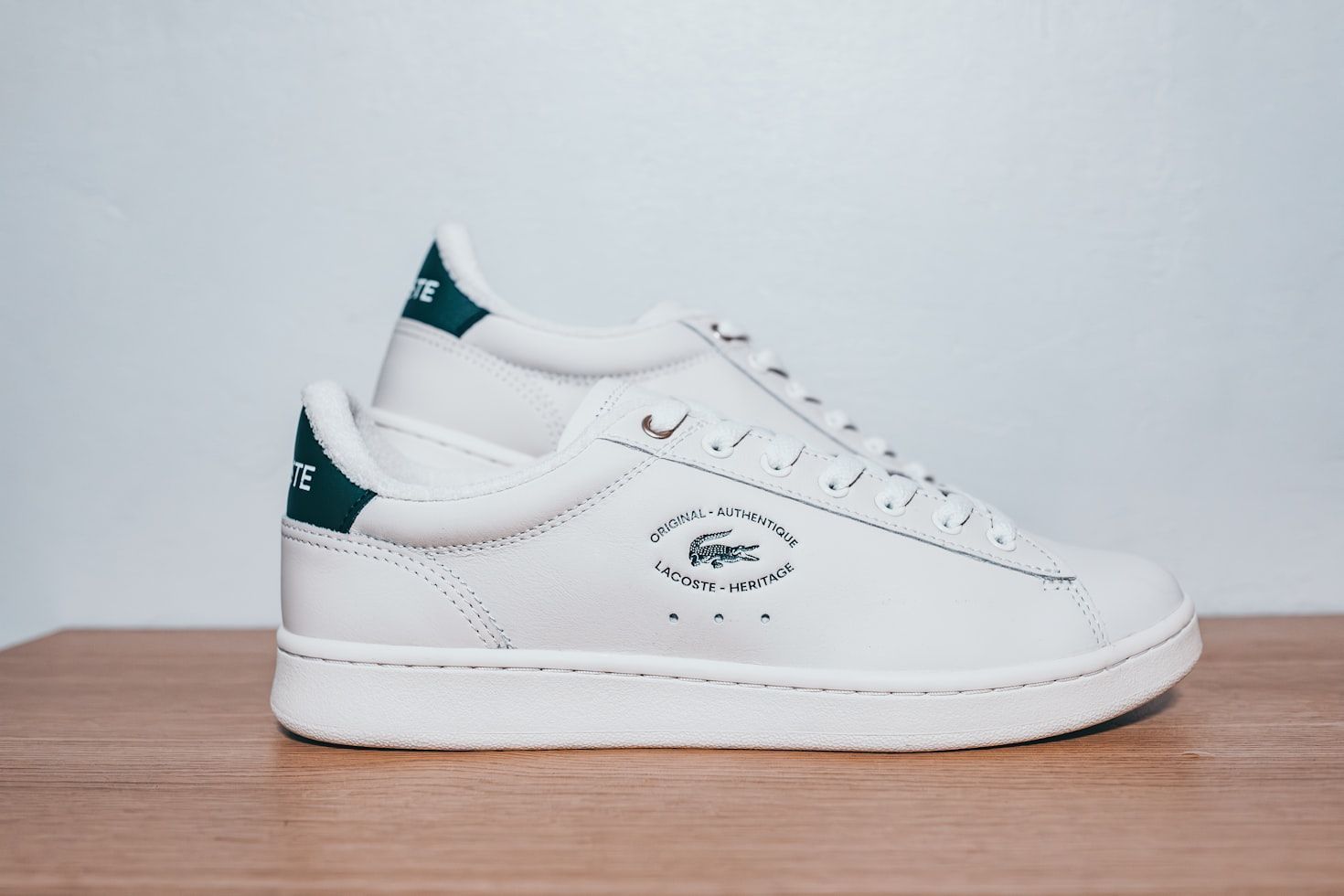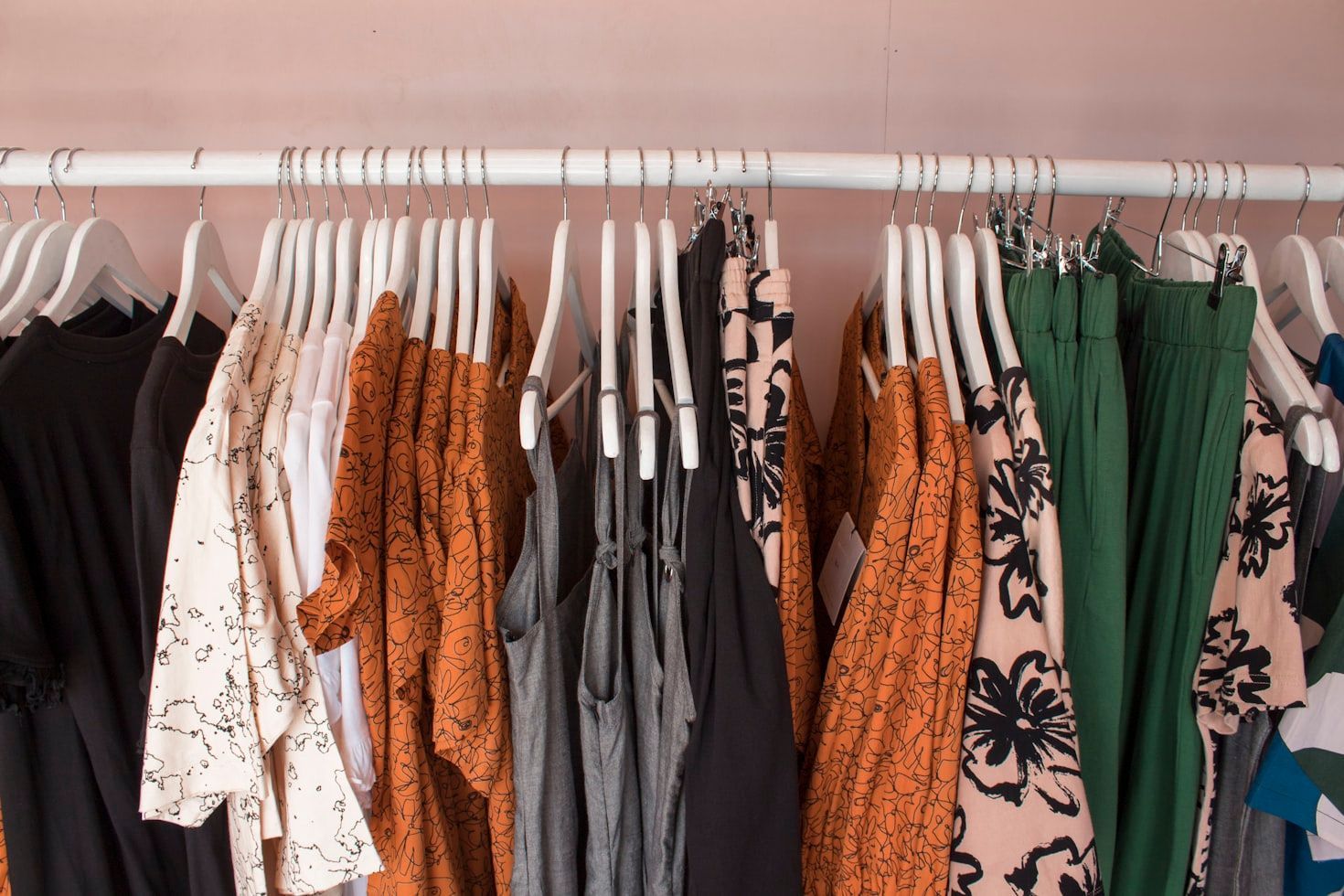Which one did you use?
Before emojis, these symbols were everywhere. Do you remember them?
Published on November 26, 2025
 Credit: Emojisprout emojisprout.com
Credit: Emojisprout emojisprout.com
Before emojis became as ubiquitous as they are on our screens, people still found clever ways to express emotions in their texts and emails. Using only punctuation marks, letters, and numbers, they created little faces and symbols to laugh, wink, cry, or even roll their eyes. Let’s take a look back at 12 of the most popular ones that were used before emojis existed.
:) Smile
 Credit: Count Chris
Credit: Count Chris
Let’s begin with the most classic one—the smile. This was one of the earliest and most universal ways to express happiness online. Made with just a colon and a parenthesis, it was quick, simple, and instantly recognizable.
Before emojis, typing ":)" was a go-to way to show happiness and friendliness in a message. It worked everywhere: emails, chats, and message boards.
:( Frown
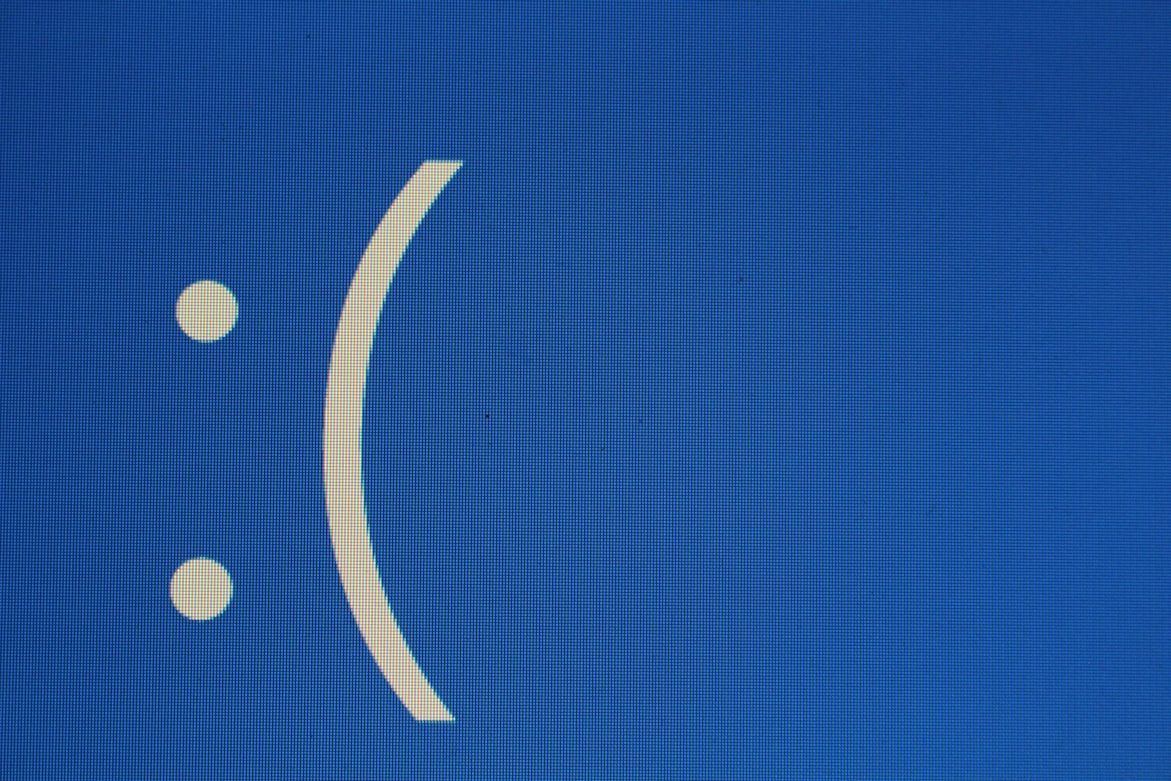 Credit: Joshua Hoehne
Credit: Joshua Hoehne
The frown was one of the most common text symbols for showing disappointment or sadness. With only two characters, it simply flipped the cheeriness of the smiley into a downturned mood.
It appeared in countless emails and texts, letting the other person know you weren’t feeling great—or that the news you were sharing wasn’t, either.
;-) Playful wink
 Credit: Dima Yakushin
Credit: Dima Yakushin
Adding a semicolon and dash turned a regular smile into a playful wink. It was perfect for signaling humor, teasing, or letting someone know that a message shouldn’t be taken too seriously.
In the days before GIFs, a winky face kept the tone light and helped prevent misunderstandings in written conversations.
:-D Big grin
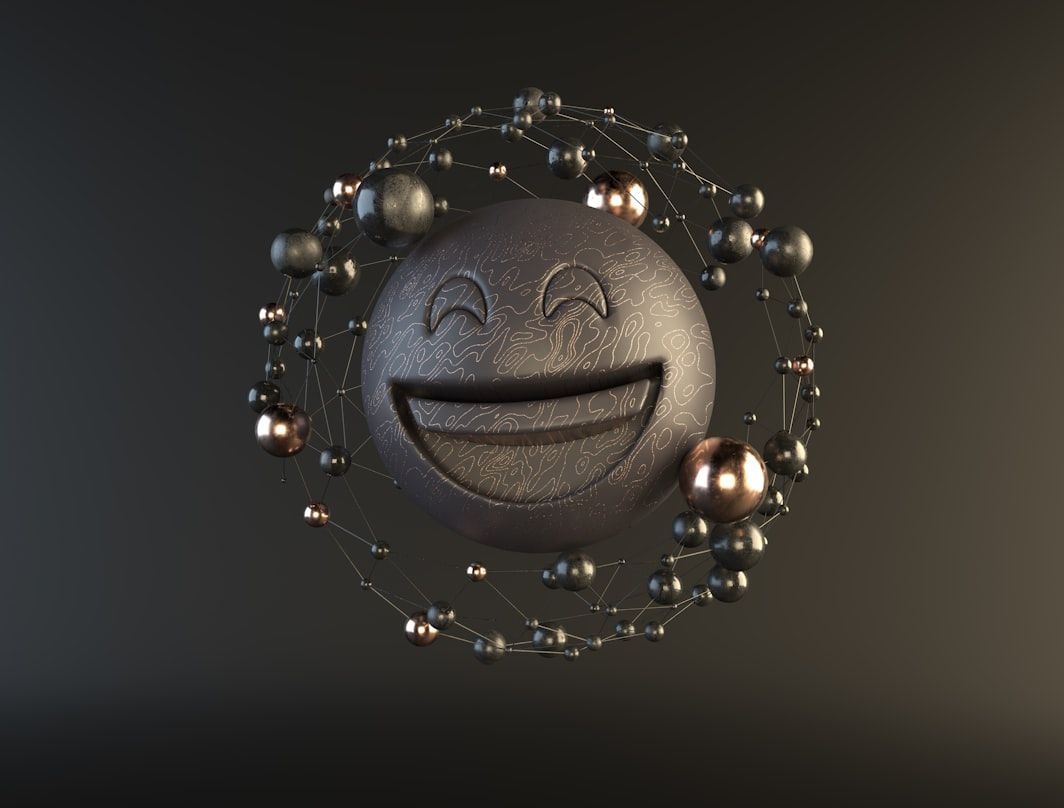 Credit: Javier Miranda
Credit: Javier Miranda
A colon, dash, and capital D created a wide grin that expressed big laughter or pure excitement in a way a simple smile couldn’t match.
People used it in friendly chats, jokes, or when reacting to good news—anytime a regular smile just wasn’t enough.
:'( Crying
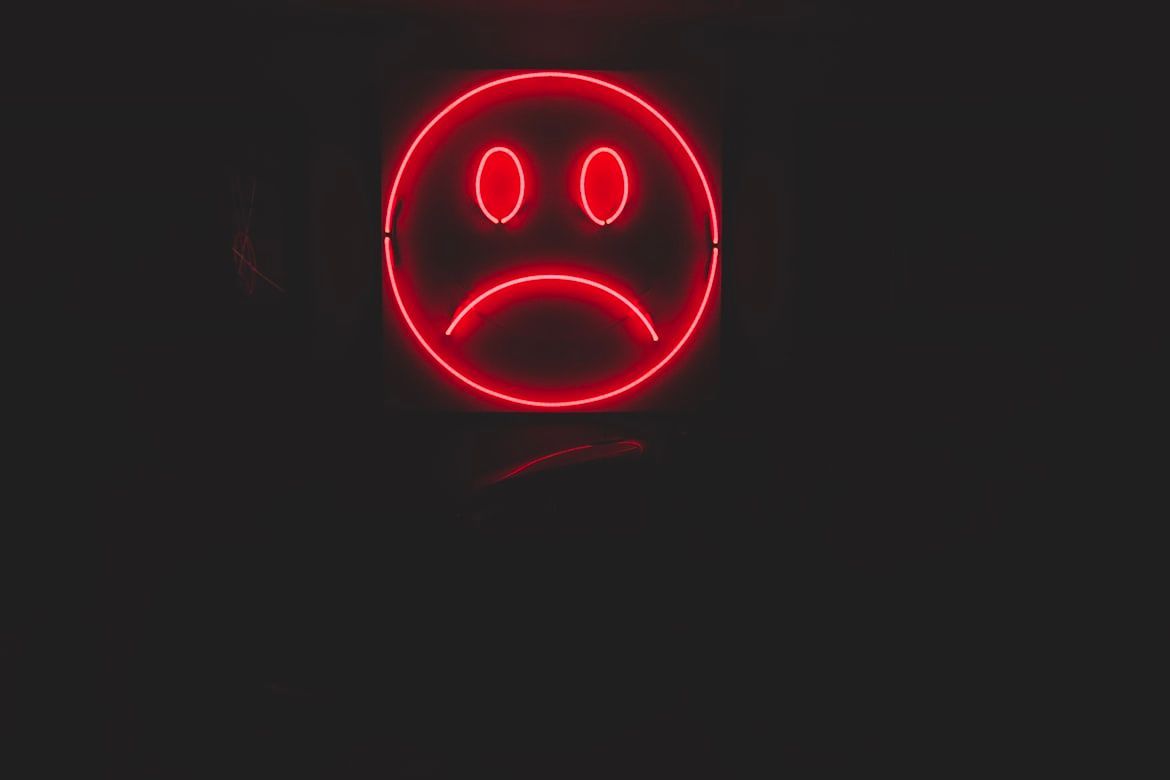 Credit: LOGAN WEAVER | @LGNWVR
Credit: LOGAN WEAVER | @LGNWVR
The crying face combined a frown with an apostrophe for a teardrop, making it perfect for expressing sadness or sympathy.
Whether used to show genuine grief or playful exaggeration, it added an emotional punch to a simple text message or email.
:-P Tongue sticking out
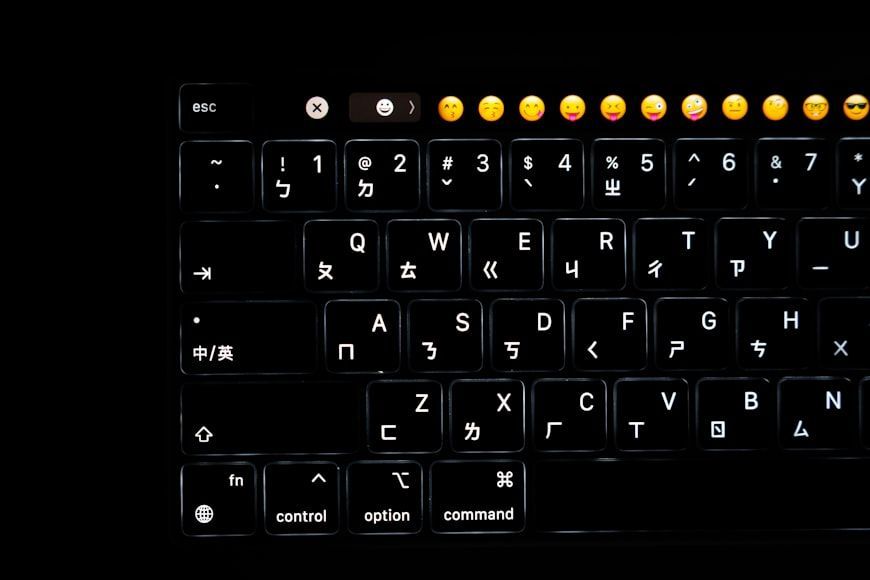 Credit: Harrison Chang
Credit: Harrison Chang
A colon, dash, and capital P made a face sticking out its tongue. It was cheeky, silly, and perfect for showing that something was meant as a joke.
It often followed playful teasing or sarcastic remarks, making sure the message came across as fun rather than rude.
<3 Heart
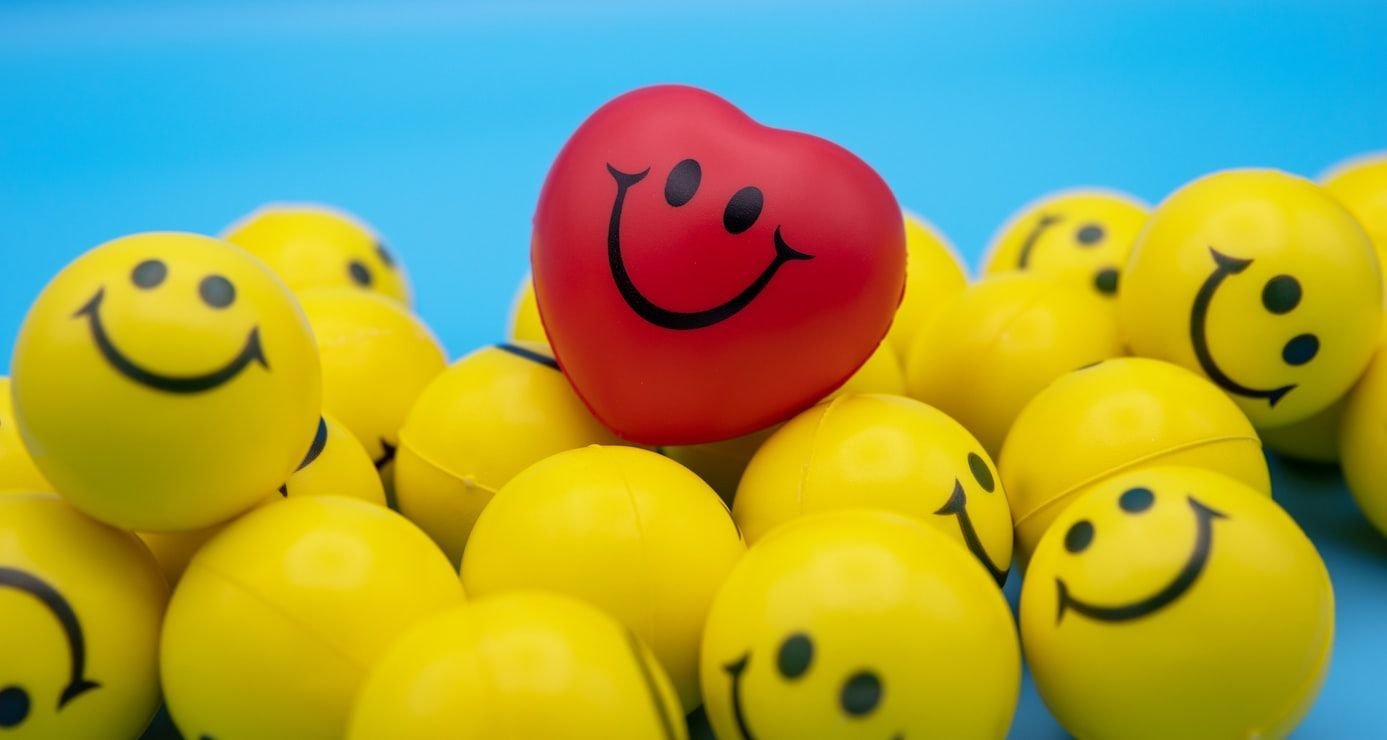 Credit: Count Chris
Credit: Count Chris
A less-than sign and the number 3 created a sideways heart, symbolizing love, affection, or appreciation. It became one of the most widely used pre-emoji symbols.
People added it to messages for friends, partners, or any situation where they wanted to express love or affection.
OO Shock or surprise
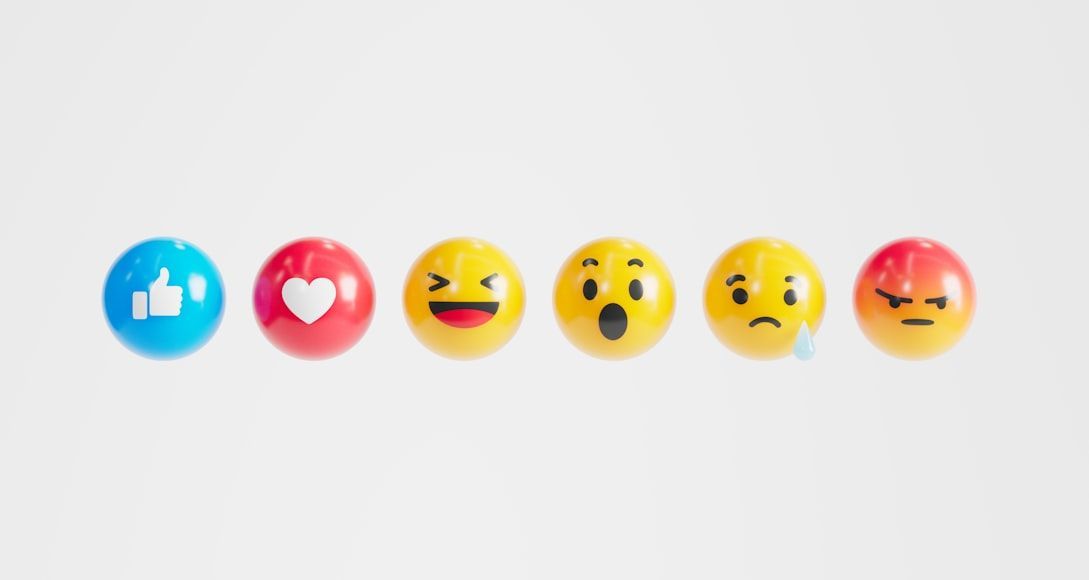 Credit: Planet Volumes
Credit: Planet Volumes
This wide-eyed look used capital O’s for eyes and an underscore for the mouth, showing shock, surprise, or disbelief.
It was a favorite in online chats whenever something unexpected or outrageous happened.
^^ Happy, blushing face
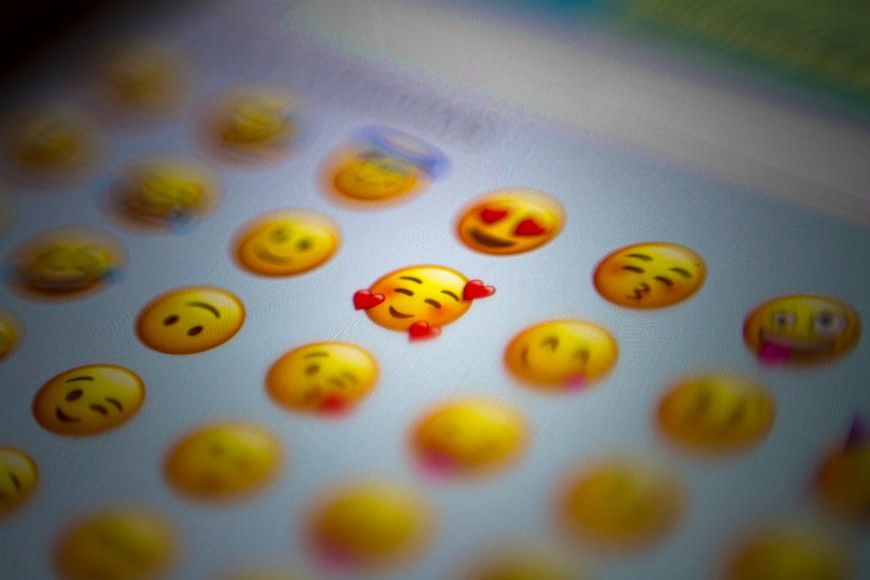 Credit: Domingo Alvarez E
Credit: Domingo Alvarez E
This symbol, which came from Japanese kaomoji culture, showed a cheerful, blushing expression, with carets for smiling eyes and an underscore for the mouth.
It carried a soft, cute tone and often appeared in friendly or supportive conversations.
(><) Frustration or pain
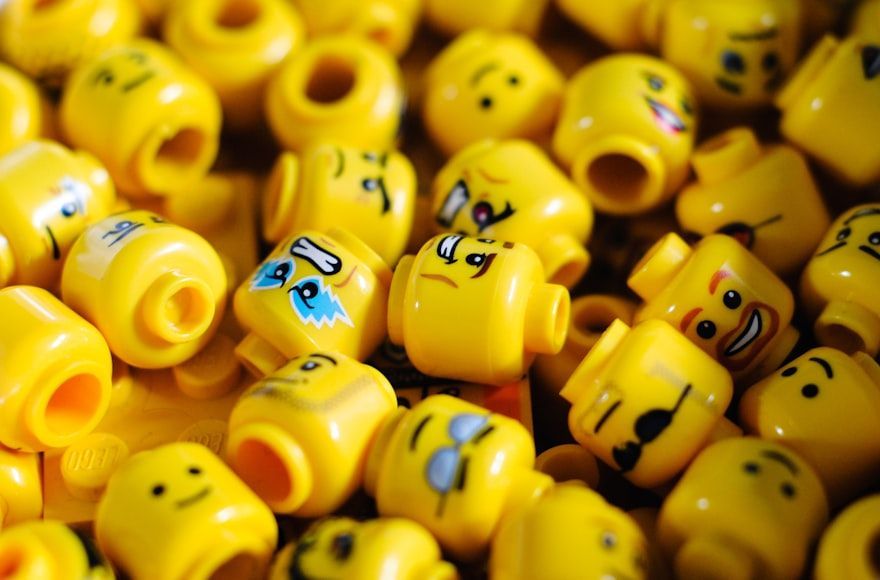 Credit: Nik
Credit: Nik
This expression showed frustration, pain, or embarrassment. The greater-than and less-than signs formed squinting eyes, with an underscore for the mouth.
It was a versatile way to convey everything from mild annoyance to mock agony in messages.


